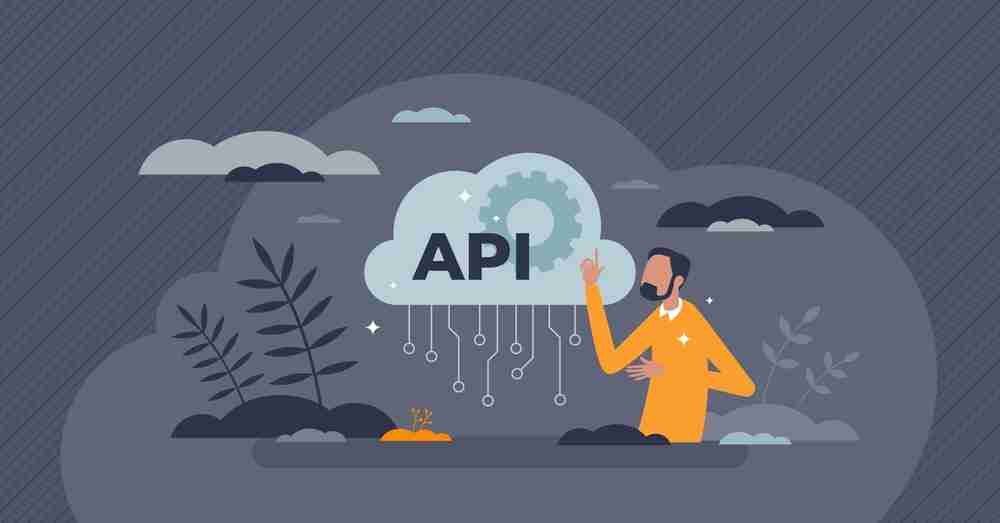Integrating Third-Party APIs in Web Applications is a common practice that allows developers to leverage the functionality and data of external services. Web API (Application Programming Interfaces) integration provides a standardized way for different software systems to communicate with each other.
We need some steps for Integrating third-party APIs into web applications.
Understand the API: Start by thoroughly reviewing the documentation provided by the third-party API provider. Understand the purpose of the API, the available endpoints, the required authentication methods, and the expected request and response formats.
- Register and obtain API keys: Many APIs require registration and the generation of API keys or tokens. Follow the registration process and obtain the necessary credentials to authenticate your application with the API.
- Make sure to choose the correct integration method for your web applications. You can integrate APIs into web applications using different methods, including RESTful APIs, SOAP APIs, GraphSQL, or client libraries.. Choose the method that best suits your application and aligns with the API provider’s recommendations.
- Set up server-side code: Depending on the complexity of the integration and the architecture of your web application, you may need to set up server-side code to handle API requests and responses.
- Implement client-side code: In most cases, API integrations require client-side code to send requests from the user’s browser and process the responses.
- Handle authentication: If the API requires authentication, include the necessary authentication headers or tokens in your API requests. This typically involves passing the API key or token provided by the API provider.
- Make API requests: Use the appropriate API endpoints and HTTP methods (such as GET, POST, PUT, DELETE) to interact with the third-party API. Send the necessary parameters and data in the request payload or query string.
- Process API responses: Once you receive a response from the API, handle and process the data accordingly. This may involve parsing the response in JSON or XML format, extracting relevant information, and displaying it in your web application.
- Handle errors and edge cases: Consider error handling scenarios and implement appropriate fallbacks or error messages when API requests fail or return unexpected responses. Be mindful of rate limiting, data validation, and edge cases specific to the API you are integrating.
- Test thoroughly: Test your integration thoroughly to ensure that it works as expected. Check different scenarios, edge cases, and error conditions. Monitor the integration for performance, reliability, and compatibility with different browsers and devices.
Remember to comply with the terms and conditions of the third-party API provider, especially regarding data usage, rate limits, and any restrictions on commercial usage.
Overall, integrating third-party APIs in web applications can enhance their functionality and provide access to a wealth of external services and data sources.
